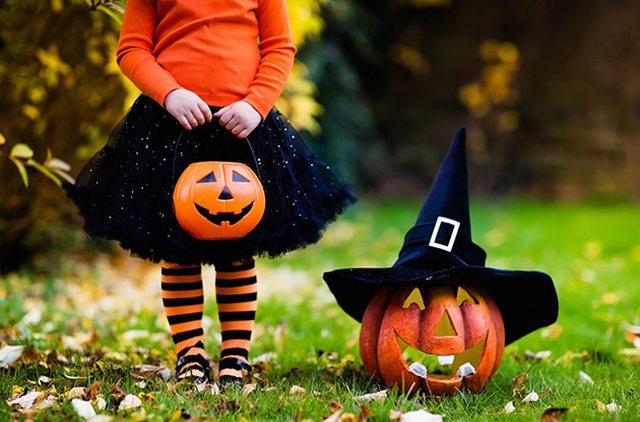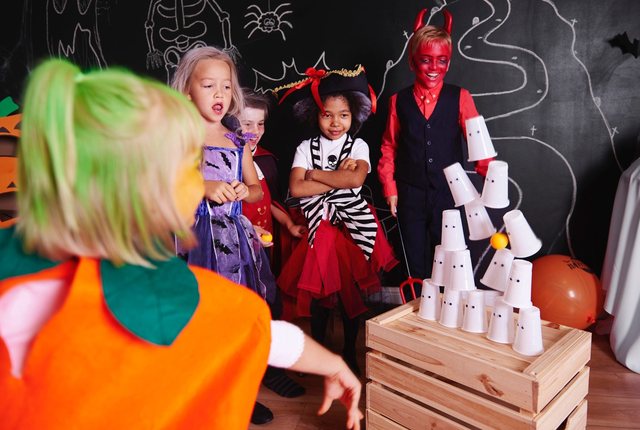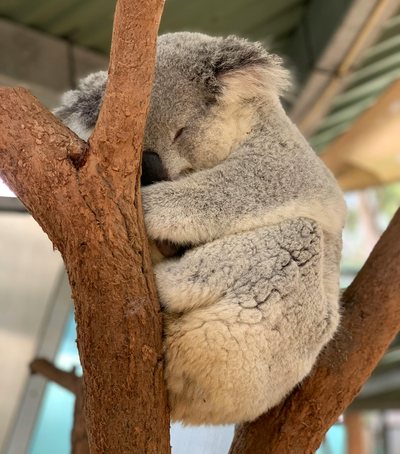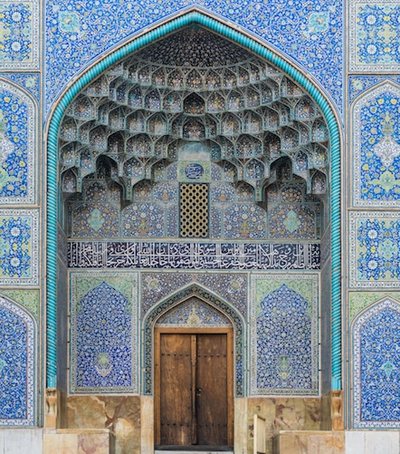
Halloween again, but this year, the atmosphere is more electrifying. Spooky decorations, spooky food and clothing are featured everywhere. Most of the iconic Halloween traditions, dating back to ancient Ireland, are deeply rooted in history. Learn some of them.
1. The name "Halloween" is a version that comes from "All Hallows Eve". According to Merriam-Webster, the name "Halloween" originally came from All Hallows' Eve - the second night of a festival called 'Samhain', dating back to pagan Ireland.
2. "Hallow" comes from an Old English adjective meaning "holy," while "eve" refers to the evening setting. 'All Eve Hallows was shortened to "Halloween" in the 16th century.
3. The wave of Irish immigrants, fleeing to escape the famine, made Halloween celebrated today in America.
4. By the middle of the 19th century, only a few places in America celebrated Halloween in a mild way, including telling ghost stories, mischief, scary costumes, etc.

5. The devastating famine in Ireland, which began in 1845, caused mass immigration - more than 1.5 million Irish fled to America during that time. They carried over their early Halloween traditions and the holiday quickly caught on, spreading across the country.
6. Women played games on Halloween to find out what their future husband would be like. For many women in the early 20th century, Halloween was the holiday where they could find love. Games such as 'Snap Apple' were popular because in them participants could only use their teeth to bite an apple hanging from a rope. Women also threw apple skins over their shoulders, hoping the scraps would fall to the floor in the form of their future husband's initials.
7. 'Bobbing' for apples dates back to an ancient Roman festival, "Ponoma". During the 18th century, "bobbing" grew in popularity in the British empire and was another way to flirt with a potential partner. The game was revived by the Irish when they immigrated to America.
8. We eat candy on Halloween because it's known as "spirit candy," a sweet food that was used to distract ghosts in the Middle Ages. Around 1200, in places like Britain, Ireland and Germany - "soul sweets" grew in popularity. Made from expensive spices like saffron and currants, these sweets were meant to honor and distract the ghosts that roamed around on October 31st.
9. "Sexy" Halloween costumes date back to the 1970s. The sexual liberation of gays in the 1970s brought about the organization of sexy costume parades. Gay parades in areas like Greenwich Village and Key West began to appear - and with them, sexy costumes.
10. You may have a real fear of Halloween, it's called samhainophobia. 'Forbes' defines samhainophobia as "a persistent, abnormal and unjustified fear of Halloween, despite the individual's conscious understanding and reassurance from others that there is no danger".





